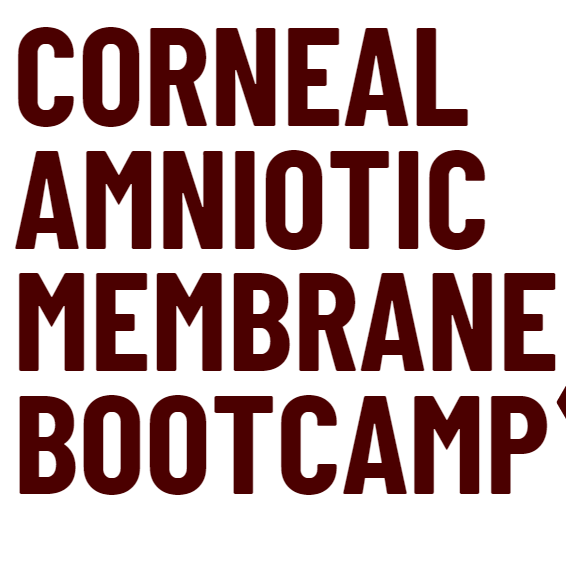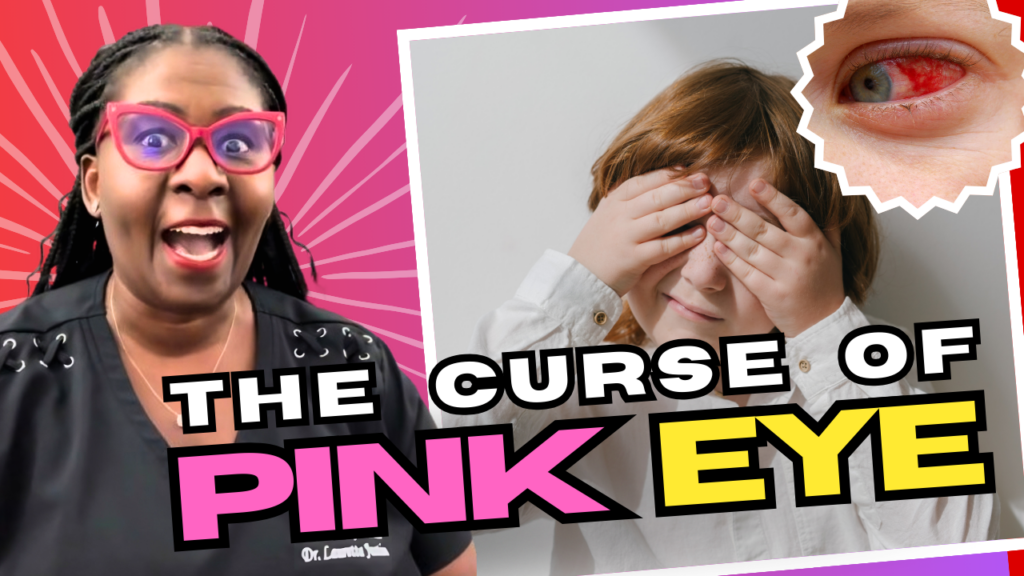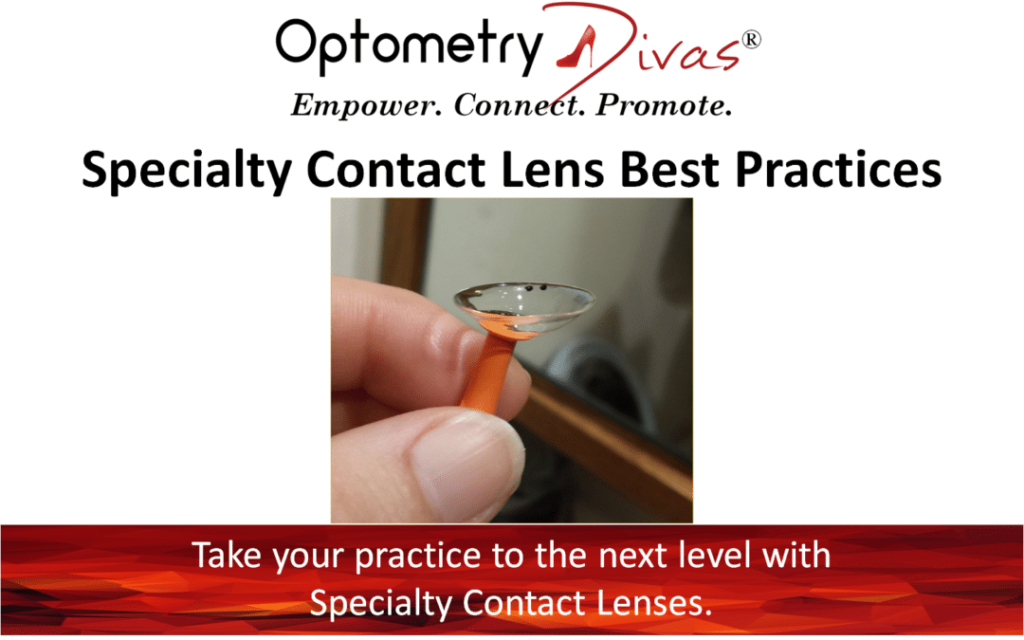Amniotic Membrane Bootcamp: Elevate Your Practice and Patient Care

Amniotic Membrane Bootcamp: Elevate Your Practice and Patient Care
As the demands of optometric practice evolve, it’s essential for eye care professionals to stay on the cutting edge of treatment options that both enhance patient outcomes and contribute to the growth of their practice. The use of amniotic membranes for ocular surface repair is one such innovation that can significantly impact patient care and practice revenue. Our Amniotic Membrane Bootcamp is designed to provide optometrists with the hands-on skills and knowledge needed to successfully integrate this powerful treatment into their clinical toolkit.
Understanding Amniotic Membranes for the Ocular Surface
Amniotic membranes have a rich history in medicine, and their application in eye care has proven to be a game-changer. Derived from human placental tissue, amniotic membranes offer healing properties that are particularly beneficial for various corneal conditions. They are used for wound healing, reducing inflammation, promoting tissue regeneration, and preventing scar formation, making them a versatile tool in ocular surface management.
The Anatomy and Function of Amniotic Membranes
Amniotic membranes consist of several layers, including the epithelium, basement membrane, compact layer, and fibroblast layer. Each of these layers plays a critical role in the healing process:
- Epithelium: Acts as the surface layer for cellular growth.
- Basement Membrane: Supports cellular regeneration and tissue growth.
- Compact Layer & Fibroblast Layer: Provide structural support and promote tissue repair.
These layers work together to create a protective barrier that prevents infection, reduces pain, and promotes faster healing, all while minimizing scar formation. Their natural composition also makes them highly biocompatible, reducing the risk of immunological reactions.
Clinical Uses: Enhancing Patient Outcomes
Amniotic membranes can be used to treat a wide range of ocular surface disorders, including:
- Corneal abrasions and ulcers
- Stevens-Johnson Syndrome
- Filamentary keratitis
- Dry eye and exposure keratopathy
- Recurrent corneal erosions
- Salzmann’s nodular degeneration
- Chemical and thermal burns
By promoting healing and reducing scarring, amniotic membranes help patients recover more comfortably and quickly from these conditions, often preserving vision and improving overall quality of life.
Cryo-preserved vs. Dehydrated Amniotic Membranes: What’s the Difference?
There are two main types of amniotic membranes used in practice: cryo-preserved and dehydrated. While both types have healing properties, their handling and application differ:
- Cryo-preserved membranes are stored in a frozen state, and their ring structure allows them to be applied directly onto the ocular surface. They are typically used in more severe cases due to their ability to retain the membrane’s natural healing proteins.
- Dehydrated membranes are stored at room temperature and applied using a bandage contact lens. These membranes are easy to store, making them ideal for everyday use in various clinical settings.
Both types of membranes provide exceptional healing benefits, but the choice of which to use depends on the severity of the condition and the specific needs of the patient.
Incorporating Amniotic Membranes into Your Practice
One of the most compelling reasons to integrate amniotic membranes into your practice is the potential for improved patient care and practice growth. Not only do these membranes offer cutting-edge solutions for difficult-to-treat conditions, but they also provide significant revenue opportunities. The procedure is reimbursed under CPT code 65778, with typical reimbursement rates reaching up to $1,200 per application.
Learning how to properly insert, manage, and code for amniotic membrane procedures can increase practice profitability while providing a much-needed service to patients who suffer from chronic or acute ocular surface disorders.
What to Expect from the Bootcamp
The Amniotic Membrane Bootcamp offers hands-on experience with both cryo-preserved and dehydrated membranes, covering everything from insertion techniques to removal and patient management. You’ll leave the workshop with the confidence to use these innovative tools in your practice immediately, helping your patients recover faster and more effectively.
Our bootcamp is more than just a learning opportunity—it’s a way to elevate both your practice and your patient care. With a minimal registration fee and a reimbursement potential that far outweighs the cost, this event is truly a game-changer for any optometrist looking to stay ahead in today’s evolving healthcare landscape.
Join us and take the next step in transforming your practice! Click HERE to find a bootcamp in your city.





